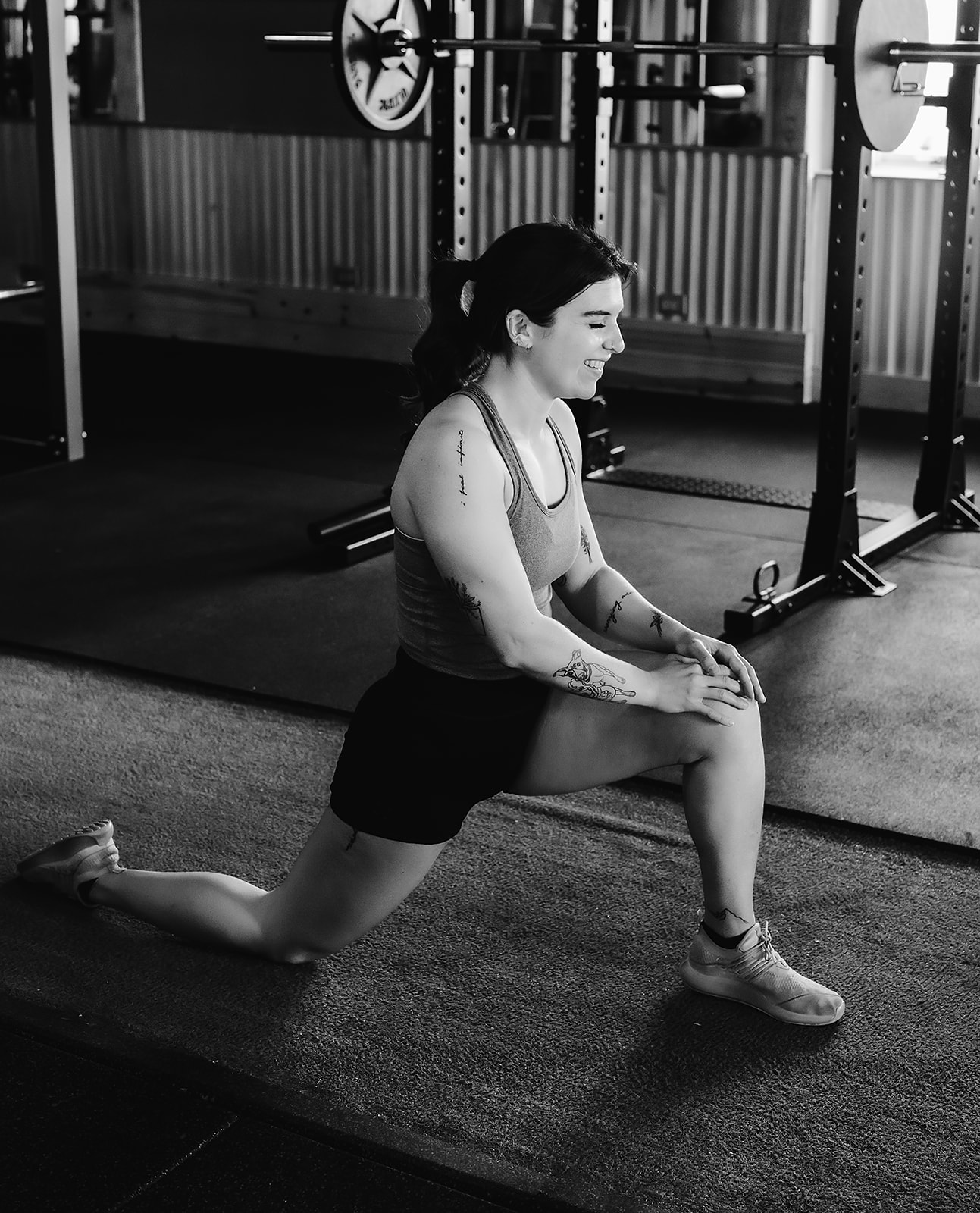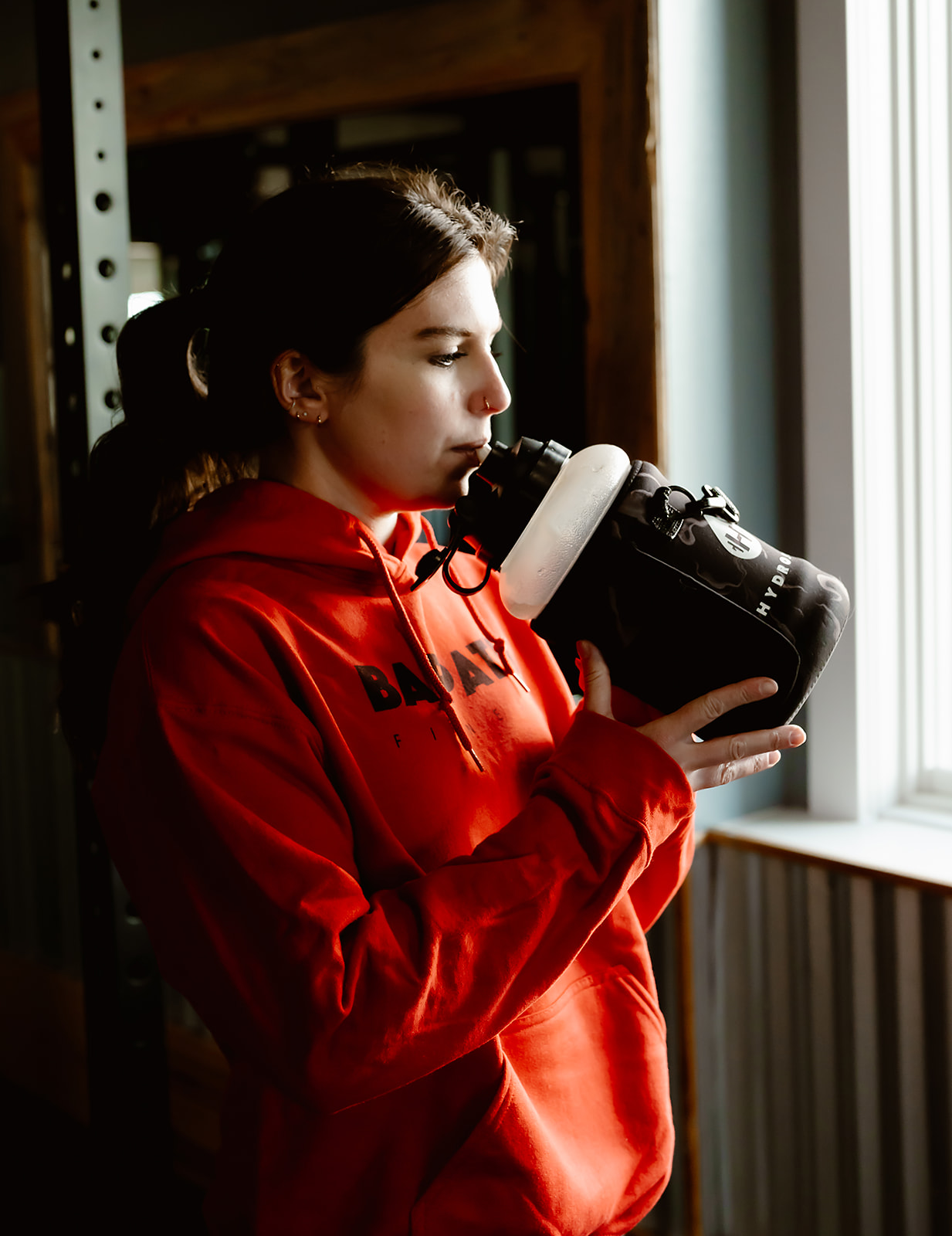
By Katie Kollath, M.S., Health and Human Performance
Katie is a Certified Personal Trainer with a Masters degree in Health and Human Performance. She co-owns Barpath Fitness with business partner and friend, Heather Hamilton. She’s been working as a trainer for over 10 years and currently trains in person in the Denver, Colorado metro area, as well as coaches remote clients online all over the world.
What if stretching is not actually helping? It’s time to rethink it in the context of your goals, functional movement, and long-term health. There’s a common misconception that stretching alone leads to better performance or injury prevention, when in reality, flexibility is just one piece of the puzzle. This article breaks down the difference between flexibility and mobility, why breathwork plays a critical and often overlooked role, and how stretching without intention or proper context can actually backfire. If you’re someone who feels constantly tight, isn’t seeing improvements despite consistent stretching, or wants to understand the deeper layers of movement and recovery, keep reading.
Benefits of Stretching
Stretching supports overall movement, recovery, and overall well-being. When you stretch, muscles and tendons are lengthened, which can gradually improve flexibility and increase joint range of motion. This, in turn, can improve posture by lengthening shortened or overactive muscles, movement efficiency, and reduce injury risk. Stretching increases blood flow and circulation in the body, delivering oxygen and nutrients to muscles while aiding in the removal of metabolic waste, which helps reduce muscle soreness and speed up recovery.
On a neurological level, stretching activates the parasympathetic nervous system, which has a calming and relaxing effect. Although stretching doesn’t prevent all injuries, it can lower the risk of strains or tears. It also benefits neuromuscular control and movement quality. At the physiological level, sensory receptors in the muscles and tendons adapt to stretching over time, a process called stretch tolerance, which gradually increases flexibility over time.
Flexibility vs Mobility
Flexibility refers to the ability of a joint to move through its full range of motion. This is typically achieved through static stretching. Mobility on the other hand, emphasizes the ability to move actively and efficiently through a full range of motion, requiring strength, coordination, and stability. In other words, mobility is strength in bigger ranges of motion, which is applicable in real world situations. For example, when you place a heavy box on a top shelf, you’re controlling the movement with strength and not just passively reaching a certain position.
Dynamic vs Static Stretching
Dynamic vs static stretching is moreso a continued conversation about flexibility vs mobility. To use an analogy to drive the difference between the two: Flexibility is like the maximum distance a rubber band can stretch. Mobility is how you can use that stretchy rubber band to tie knots, grab objects, or do other movements efficiently and safely.
Most people find that stretching feels good, but most people might not see the results they want through static stretching alone. This is where mobility work, which incorporates dynamic stretching comes into play.
Dynamic stretching involves controlled, active movements that take your muscles and joints through their full range of motion. Unlike static stretching (where you hold a stretch for a period of time), dynamic stretching is movement-based and is typically done before a workout or physical activity to warm up the body. What we typically think of as dynamic stretching are athletes moving through ranges of motion (ie. high kicks, high knees, shoulder rolls) before their games.
However, mobility work is a form of dynamic stretching that should be an essential part of anyone’s strength training routine. Mobility work includes various movements and techniques, sometimes with weights and other resistance tools that improve the active range of motion around your joints, allowing for more efficient and controlled movement during lifts. Incorporating mobility work helps improve form and technique, helps build more muscle, reduces the risk of injury, and enables the body to move through full ranges of motion without compensation. Mobility work can be used as a warm-up, as movement prep for specific lifts, or can be incorporated into a strength training routine.
Do you want to incorporate mobility work into your strength training routine? Download our Training Primers Guide for free.
When Should You Stretch?
When you’re stretching completely depends on your long term and momentary goals. If you want to stretch before a workout, dynamic stretching (including mobility work) increases blood flow and prepares muscles and joints for movement. If you’re training, you can have dedicated mobility days as a part of your routine as well.
After a workout, static stretching can aid a cooldown and helps to relax the nervous system. Static stretching is also a great practice to prepare your body to sleep. Remember, it activates the parasympathetic nervous system (your rest and digest nervous system), so it can be utilized for times of anxiety or unease, especially when paired with breath.
You will see improvements consistently stretching and incorporating mobility work. This includes Joint health, flexibility, and movement quality. Static stretching increases muscle length and range of motion, while mobility work builds strength and control in end ranges. Together, they increase performance, aid in workout recovery, reduce the risk of injury, support better posture, and help joints stay healthy and resilient.
Should Everyone Stretch?
Everyone can benefit from stretching, but how and how often you stretch should depend on your individual needs, goals, and physical condition. For most people, incorporating some form of stretching, especially dynamic stretching before activity and static stretching after, can be all around beneficial. However, not everyone needs to stretch in the same way. For example, people who are already hypermobile may benefit more from strength and stability through mobility work than from increased flexibility. The key is to match your stretching approach to your body’s needs and your movement goals.
When Stretching Might Be Too Much
Sometimes static stretching can be too much, especially if you’re only static stretching and incorporating no mobility work. Overstretching through static stretching can lead to joint instability, especially if not balanced with strength.
Hypermobile athletes, such as dancers, gymnasts, and yogis, often possess above-average flexibility. Although impressive, these athletes actually have an increased risk for joint instability, pain, and injury. Hypermobility can cause loose connective tissues, which can lead to overextended joints and compensatory muscle patterns that put stress on the body.
This is why strength training must accompany flexibility gains. Training creates joint stability and support. Without sufficient muscular strength to control and stabilize the range of motion, the body becomes more vulnerable to injury. Strength training helps reinforce the muscles around the joints, ensuring that mobility is functional and not just passive range of motion.
You can also learn to spot signs that you’re stretching more than necessary. Common red flags include persistent joint pain, feelings of instability during certain movements, relying on stretching to relieve recurring discomfort, or needing to stretch constantly just to feel “normal.” If your body always feels loose but never strong or supported, it may be time to scale back the stretching and increase strength and mobility work to build balance in your system.
Breathwork: The Missing Piece?
Most people focus on movement and neglect the breath—but breath is foundational to strength, recovery, and mobility. Breathwork is a powerful tool for anyone. And, your breath directly influences your nervous system. Shallow, fast breathing can keep you in sympathetic mode (fight or flight), while slow, controlled breathing can activate your parasympathetic nervous system (rest and digest). When we talk about true recovery, physical and mental, the parasympathetic nervous system is what you want to access.
In passive stretching, the breath is what makes the difference. Passive stretching without breath awareness is just a position. Add mindful breath, and you’re literally training the nervous system. Chronic pain, anxiety, and tightness are often tied to a dysregulated nervous system. Breathwork provides a way to retrain the body to respond differently to discomfort, thus aiding in the regulation and balance of the nervous system and allowing for a larger range of motion.
In your static stretching, instead of muscling through tightness or pain, use a calm breath to tell the body it’s safe. That calm breath can change pain perception, allowing more deeper stretching and less guarding.
The Relationship Between Tightness and Breath
There’s an undeniable relationship between specific muscles and breath. The diaphragm is the main muscle used in breathing. The diaphragm moves down as it contracts to allow the lungs to expand. But other muscles are also involved in breathing, like the intercostals and the scalenes. The diaphragm is not only a respiratory muscle but also a postural muscle. It’s part of the core stability system alongside the psoas, transversus abdominis, pelvic floor, and more.
To further illustrate the relationship between tightness and breath, we’ll use the psoas as an example. The psoas attaches the spine to the femur and is in charge of hip flexion. It also shares the same fascia sack as your adrenals, which release cortisol when under stress. If your breathing is shallow or restricted, your psoas can tighten as a protective response. This can negatively impact posture, cause back pain, or make your hips feel constantly tight or exist in an overly shortened state. Which, in turn, can promote poor core activation or lead to compensations that increase hip flexor tension. If your regular stretching and mobility work isn’t working, consider looking at your breath and adding breathwork.
Incorporating Stretching and Mobility the Smart Way
Knowing where to place stretching and mobility in your routine can make a big difference in both performance and recovery. Generally, active mobility exercises are best before your workout, as part of your strength training routine, or as their own sessions at the gym if you have enough time. These movements help prepare the joints and muscles for movement, improve strength in relationship to range of motion, and reduce the risk of injury. On the other hand, passive stretching is more appropriate for cool-downs or off-days or when you’re aiming to relax. You don’t need to dedicate an hour each day to see benefits—just 5 to 10 minutes of consistent mobility work and stretching can lead to substantial improvements. Using tools like foam rollers, resistance bands, and yoga blocks can facilitate deeper releases, better positioning, and more control. With a little consistency and the right placement, mobility and stretching can support your long-term strength and movement goals.
Common Stretching Questions
“Should I stretch every day?”
This depends on your tightness and fitness goals. If your body is constantly tight, adding a few minutes of static stretching paired with deep breathing can help your nervous system relax to release the tension in your muscles. Adding mobility work to your training program is also key.
“I’m tight, does that mean I need more yoga?”
Yoga is a great way to create a container to work with your breath and flexibility. Although all yoga can help, going to a restorative yoga class could be the most beneficial.
“Why do I feel tighter after stretching sometimes?”
If you feel tight after stretching, this could be an indicator that your nervous system might need to relax. Incorporate deep and intentional breaths to your stretching and see what happens. If you have tight hips in particular, you might consider how to stretch and strengthen the hips.
Final Takeaways on Stretching Frequency
Stretching absolutely has its place in a well-rounded fitness routine, but it’s important to recognize that mobility, strength, and nervous system health are crucial to overall movement quality and injury prevention. Flexibility is a valuable tool, but it shouldn’t be treated as the ultimate goal in and of itself. Instead, be intentional about what you’re training for. If your aim is to become more flexible, ask yourself why. What specific functions or movements do you want to improve? Whether it’s achieving deeper squats, reducing pain, or increasing control in certain positions, your flexibility, mobility, and breath training should all align with those goals. By approaching flexibility with purpose, you can build a body that not only moves better but feels better, too.
Want to learn more? Listen to episode 233 of the Stronger Than Your Boyfriend Podcast: Why Stretching Isn’t Enough
Do you want a strength program that includes mobility work? Check out our 12 week strength and program, STRONGER.



